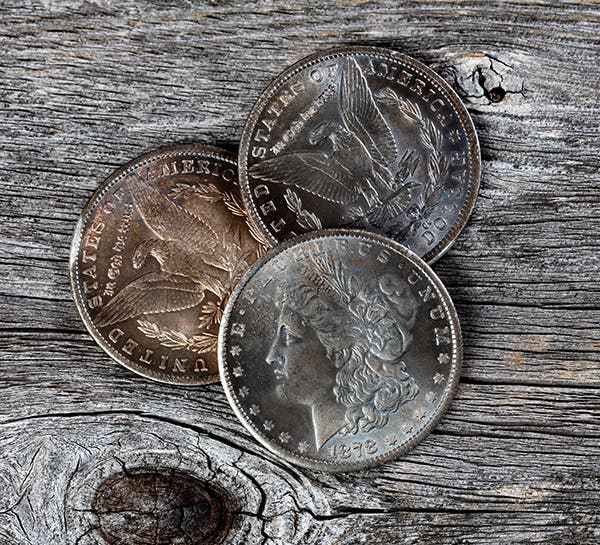1864 boasts trio of Indian Head cents
Three types of Indian Head cents exist for 1864, and one of them may well be a sleeper. There is an interesting story behind this situation, involving some of the…
Three types of Indian Head cents exist for 1864, and one of them may well be a sleeper. There is an interesting story behind this situation, involving some of the most expensive coins of this type and one that seems to have been overlooked.
As 1864 began, the United States produced 13,740,000 copper-nickel Indian Head cents. This was on the low side, as prior to that time the lowest Indian Head mintage had been 10,100,000 in 1861.
There was good reason for the low 1864 total. Later in the year, 39,233,714 Indian Head cents were produced in a new bronze composition. The composition change was required because people had begun to hoard the copper-nickel cents. Since there was a severe national coin shortage at the time, those in power felt there was no other choice.
A small number of the new bronze cents were produced with an “L” for Longacre in the ribbon behind the hair of the obverse figure. The 1864L also had a pointed bust instead of the rounded one on the coins lacking the “L.” Today, values for the 1864L are $45 in G-4 condition, $360 in MS-60, $1,750 in MS-65, and $60,000 in Prf-65.
By comparison, the regular bronze 1864 is $12 in G-4, $90 in MS-60, $600 in MS-65 and $1,100 in Prf-65.
For many collectors, the copper-nickel Indian Cents are a special group given their short-lived composition. The 1864 does not initially stand out within that group, at least based on price. It lists for $20 in G-4 and $200 in MS-60, just about where you might expect based on mintage.
In MS-65, however, the 1864 copper-nickel cent lists for $1,200. That actually is more than any other copper-nickel Indian Head cent except for the 1859 (mintage 36,400,000) at $2,700. Special demand exists for 1859, as it was a one-year type with a different reverse.
Even with this added demand, the 1859 is more than two times the price of the 1864, while the 1864 is just $100-$300 more than the other copper-nickel Indian Head cent dates. The question is whether these price spreads are correct.
The Numismatic Guaranty Corporation reports that 163 examples of the 1859 have appeared in MS-65 condition or better, while the 1864 has appeared 144 times. Things are a bit closer at the Professional Coin Grading Service, which reports 226 examples of the 1859 in MS-65 or better and 222 examples of the 1864.
The big price difference for the 1859 may be justified due to type demand. It is worth noting, however, that there is very little price difference between the 1864 and other copper-nickel dates despite some big differences in the number of coins available.
For example, in MS-65 or better, both NGC and PCGS have seen more than seven times the number of other copper-nickel dates combined than they have seen the 1864.
These comparisons may seem academic. But when comparing the copper-nickel 1864 to both other copper-nickel Indian Head cents and the bronze cents of the same year, the conclusion is basically the same: the 1864 copper-nickel cent is definitely tougher, and perhaps much tougher, than its current prices suggest.
This can happen with lesser collected types, but collector demand for Indian Head cents makes this a surprising discovery. There may be no major change in pricing for the 1864, but if there is, no one should be surprised. It is a better date in MS-65 than its current prices suggest.
This article was originally printed in Numismatic News. >> Subscribe today.
More Collecting Resources
• The 1800s were a time of change for many, including in coin production. See how coin designs grew during the time period in the Standard Catalog of World Coins, 1801-1900 .
• Keep up to date on prices for Canada, United States and Mexico coinage with the 2018 North American Coins & Prices guide.








